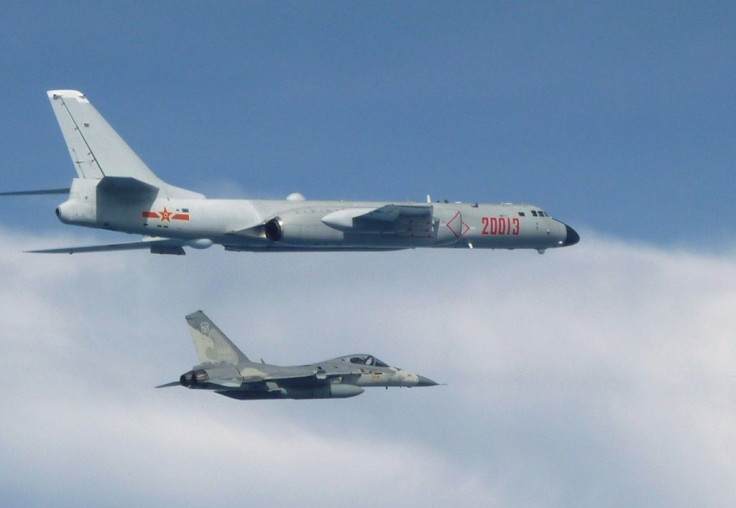China Sends Anti-Submarine Aircraft Into Taiwan's Air Defense Zone On Christmas Day
KEY POINTS
- Taiwan issued radio warnings and deployed air defense missile systems
- Last month, China sent a record 27 aircraft into Taiwan's buffer zone
- This comes as Japan and U.S. drew up a joint draft plan for Taiwan contingency
Keeping up with its intimidation tactics, China sent a Shaanxi Y-8 anti-submarine warfare plane into Taiwan’s air defense identification zone (ADIZ) on Christmas Day.
A statement by the Ministry of National Defense issued Saturday said the aircraft appeared in the section of the ADIZ southwest of Taiwan’s main island.
In response, the Taiwanese Air Force sent an aircraft, issued radio warnings to the Chinese planes and deployed air defense missile systems to monitor their activities, reported Taiwan News.
This is the latest in the series of incursions carried out by Beijing this year to intimidate Taiwan over which it claims full sovereignty.
A month ago, China had sent a record 27 aircraft into Taiwan's air defense zone. Interestingly, PLA's new aerial refueling tanker made its maiden appearance over the island at that time. In response to the incursions, the island nation had to scramble its combat aircraft to warn the PLA planes and deploy missile systems to monitor them.
However, the highest concentration of incursions took place in early October, with a record 56 aircraft involved on Oct. 4. The period coincided with China’s National Day on Oct. 1 and Taiwan’s National Day on Oct. 10, said local media reports.
The latest incursions come days after the Japanese and U.S. armed forces drew up a draft plan for a joint operation if China attacked Taiwan. A report by Kyodo News said the U.S. Marines would set up an attack base along the Nansei island chain in Japan's southwest in the event of a Taiwan contingency.
The report said according to the draft plan, the U.S. military will get support from the Japanese Self Defense Forces to send troops to the islands.
However, such a deployment would make the islands the target of attack by China's military, putting the lives of residents there at risk. Hence, legal changes would be needed in Japan to realize the plan.
The report added that the condition under which the U.S. military will set up a temporary base is when the Japanese government judges that conflict between the Chinese and Taiwanese militaries will undermine the peace and security of Japan.
The U.S. military will then deploy its high mobility artillery rocket system to a temporary base location while the SDF will be tasked with logistical support by providing ammunition and fuel. The U.S. Marines will change base locations to prevent coming under attack.

© Copyright IBTimes 2025. All rights reserved.





















